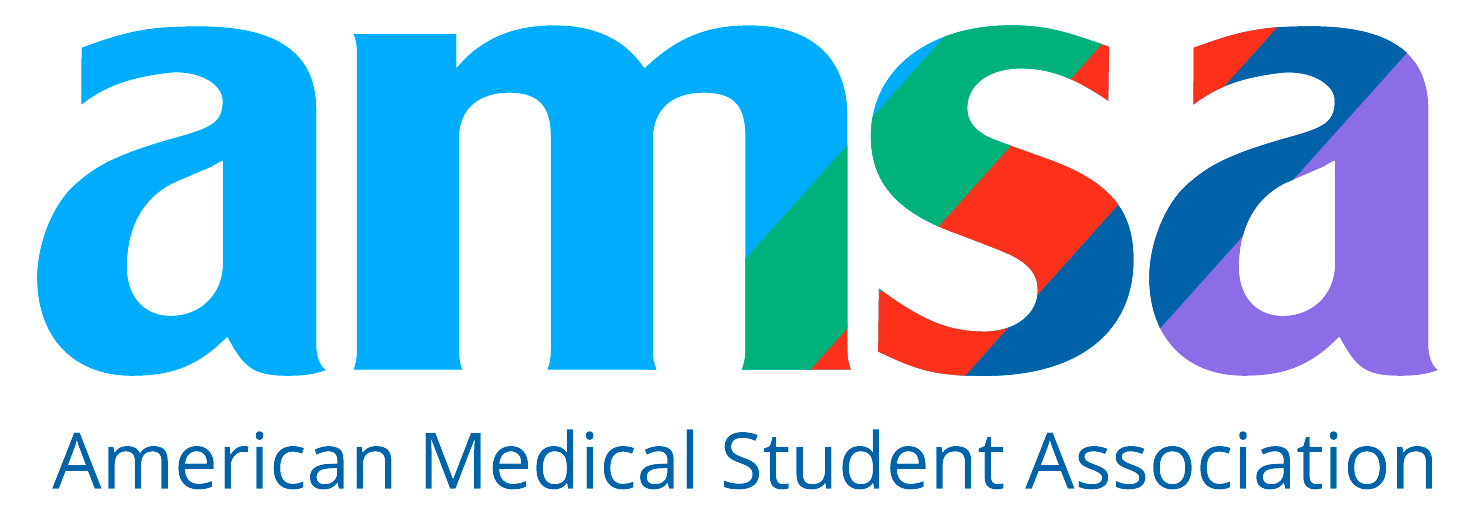DAT 2026: The Complete Guide to the Dental Admission Test
Go-Elective Abroad
DAT 2026: The Complete Guide to the Dental Admission Test
What Is the DAT—and Why Does It Matter?
The Dental Admission Test (DAT) is a standardized exam administered by the American Dental Association (ADA) to assess the academic and cognitive readiness of applicants to U.S. dental schools. The DAT evaluates proficiency in the natural sciences, reading comprehension, perceptual ability, and quantitative reasoning. Skills essential to succeed in dental school and beyond.
Most U.S. dental schools require DAT scores. Strong performance on the DAT helps you stand out in a competitive application pool and signals that you’re prepared for the academic rigor ahead.
> Explore Go-Elective Pre-Dental Internships & Dental Electives Abroad
What Is on the DAT? Full Test Breakdown
The DAT is a 4.5-hour computer-based exam with four main sections:
#1. Survey of the Natural Sciences (90 minutes)
100 multiple-choice questions covering:
-
Biology (40 questions):
Topics include cell structure and function, molecular biology, genetics, evolution, ecology, developmental biology, physiology, and taxonomy.
Example: Explain the difference between mitosis and meiosis or identify the function of the Golgi apparatus.
-
General Chemistry (30 questions):
Focuses on stoichiometry, atomic structure, periodic trends, bonding, kinetics, equilibrium, acids/bases, redox reactions, and thermochemistry.
-
Organic Chemistry (30 questions):
Topics include nomenclature, reaction mechanisms, spectroscopy, isomerism, aromaticity, and stereochemistry.
This section demands a strong foundation in undergraduate science courses and rapid recall under pressure.
#2. Perceptual Ability Test (PAT) (60 minutes)
90 questions across 6 subsections testing visual-spatial reasoning:
-
Keyholes:
Choose which 3D object fits into a given aperture.
-
Top-Front-End:
Visualize 3D shapes based on two views.
-
Angle Ranking:
Rank angles from smallest to largest.
-
Hole Punching:
Predict paper folding and unfolding with punch patterns.
-
Cube Counting:
Determine visible cube faces on stacked structures.
-
Pattern Folding:
Visualize 2D shapes folded into 3D figures.
The PAT is unique to the DAT and has no direct academic equivalent. It requires special practice to develop mental rotation and spatial visualization skills.
#3. Reading Comprehension (60 minutes)
Three long scientific passages followed by 50 questions:
- Tests your ability to quickly read, understand, and analyze academic texts—many related to science, healthcare, or research.
- Questions may ask for main ideas, inference, author’s tone, or interpretation of data.
This section is not about prior science knowledge but about strategy—efficient skimming, critical reading, and staying focused under time pressure.
#4. Quantitative Reasoning (45 minutes)
40 questions assessing mathematical problem-solving:
- Basic math
- Algebra
- Geometry
- Trigonometry
- Word problems
- Data interpretation
This section often trips up students who haven’t taken a recent math course. Daily timed practice is essential.
How Long Is the DAT?
The full exam experience—including tutorial, break, and post-test survey—lasts approximately 5 hours:
- Tutorial: 15 minutes
- Survey of Natural Sciences: 90 minutes
- Perceptual Ability Test: 60 minutes
- Break (optional): 15 minutes
- Reading Comprehension: 60 minutes
- Quantitative Reasoning: 45 minutes
- Post-test survey: 15 minutes
Is the DAT Hard? Yes—but Here’s Why and How to Prepare
-
Academic Depth:
You’re tested on upper-level biology, chemistry, and organic chemistry.
-
Mental Stamina:
You’ll be mentally taxed for nearly 5 hours with minimal breaks.
-
Unfamiliar Formats:
The PAT tests skills most students have never practiced.
-
Time Pressure:
Each section has strict time limits, pushing you to balance speed and accuracy.
DAT Scoring Guide
- Each section is scored from 1 to 30.
- Average accepted DAT score: ~20–22
- Your score report includes:
- Individual section scores
- Academic Average (AA): Mean of Natural Sciences, Reading, and QR
- PAT score (separate)
- Percentile ranks
You should aim for:
- 20+ Academic Average
- 18+ PAT
- Balanced scores across all sections
How to Register and Reschedule the DAT
-
Obtain a DENTPIN:
Get your personal ID number from the ADA here.
-
Register for the DAT online:
- Choose your test date and location
- Pay the $540 registration fee (2026 rates)
-
Rescheduling:
- Must be done at least 48 hours before your test
- Additional fees apply depending on how early you reschedule
How to Study for the DAT: Comprehensive Preparation Plan
A 3–6 month structured timeline is ideal. Below is a breakdown of what a complete DAT study plan should include:
-
Diagnostic Assessment
- Take a full-length DAT practice test to gauge your starting point.
- Analyze your weakest sections—target these early.
-
Build a Weekly Study Schedule
- Weekdays: 2–3 hours/day of focused review (one subject per day)
- Weekends: Full-length section practice or timed drills
-
Use High-Quality Study Resources
- ADA Official DAT Guide and Practice Test
- DAT Bootcamp or DAT Destroyer for question banks
- Kaplan or Princeton Review for structured study plans
- Anki or Quizlet for flashcards and memorization
-
Target PAT Mastery
- Practice daily (10–15 minutes) for mental rotation skills.
- Use apps like PATBooster to simulate real scenarios.
-
Join a DAT Study Group
- Stay accountable
- Share notes and explanations
- Practice explaining concepts aloud
-
Simulate Full-Length Exams
- Take 4–6 full-length timed exams before test day
- Review all incorrect answers carefully
-
Don’t Neglect Self-Care
- Sleep 7–8 hours/night
- Take regular breaks during study blocks
- Avoid burnout with scheduled off-days
Boost Your Application with Pre-Dental Internships Abroad
Scoring well on the DAT is just part of the equation. To stand out, you need real-world experience that showcases your commitment, resilience, and interpersonal skills.
Go Elective offers pre-dental internships in Kenya and Tanzania designed for ambitious students ready to experience global health firsthand.
Key benefits:
-
Hands-On Observation
- Shadow licensed dentists in East Africa’s largest public hospitals
- Observe tooth extractions, fluoride treatments, restorative procedures, and patient counseling
-
Exposure to Global Oral Health Challenges
- See how resource-limited environments manage dental infections, trauma, and pediatric oral care
- Learn about preventive strategies and public health interventions
-
Cultural Immersion + Clinical Growth
- Work across language and cultural barriers
- Gain a global perspective on patient care
- Build empathy and adaptability—key traits for any healthcare provider
-
Interview-Worthy Experience
Admissions officers love to hear how you’ve stepped out of your comfort zone. A pre-dental internship abroad gives you stories, insights, and confidence that set you apart from applicants with only domestic shadowing.
Frequently Asked Questions
How many times can I take the DAT?
Up to 3 times without permission. Must wait 90 days between attempts.
When should I take the DAT?
After completing your pre-dental science courses—typically between sophomore and junior year.
Are DAT scores sent automatically?
You can send scores to 5 dental schools for free during registration. Additional score reports are available for a fee.
What’s the best way to prepare for the PAT section?
Practice! Use apps like PATBooster and train daily with timed exercises. It’s a muscle you build with repetition.
Can a pre-dental internship really make a difference?
Yes. Clinical exposure, cultural awareness, and real-world dental knowledge significantly enhance your application, essays, and interviews.
Final Thoughts: The DAT Is the Gateway, But It’s Not the Full Story
Dental school admissions committees want applicants who are well-rounded, committed, and clinically aware—not just academically strong.
By combining a strong DAT score with a meaningful pre-dental internship, you demonstrate not only readiness for the rigors of dental school—but a clear vision for your role in the future of oral healthcare.
Ready to strengthen your application with global experience?
Explore Pre-Dental Internships in Kenya and Tanzania through Go Elective and join a growing community of future dental leaders committed to compassionate, hands-on care.
Article Details
Categories
Recent Articles , Pre-health, Dental Internships,
Author: Go-Elective Abroad
Date Published: Dec 14, 2025
Travel with us.
Inquire Today!
Go Elective offers immersive opportunities for medical students, pre-med undergraduates, residents, nursing practitioners, and PAs to gain guided invaluable experience in busy hospitals abroad. Discover the power of study, travel, and impact.






